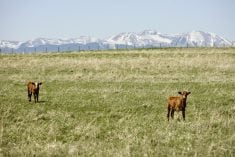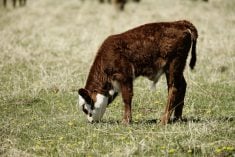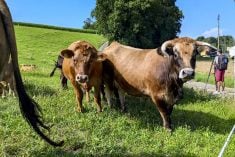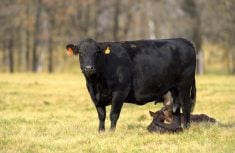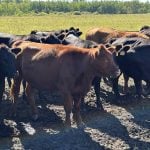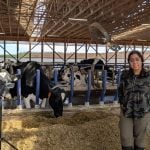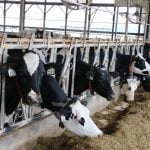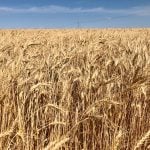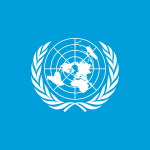Dr. Steve Hendrick of the Western College of Veterinary Medicine says the massive U.S. National Johne’s Disease Demonstration Herd Project has shown how devastating Johne’s can be to a herd.
There was a considerable loss in adjusted weaning weight in calves coming from dams that were positive for Johne’s,” he says.
Data for the 205-day weaning weight came from fecal cultures on 2,103 cow/calf pairs and ELISA results on 3,482 cow/calf pairs. Calves from dams that tested positive on culture tests had significantly lower weaning weights (57.9 pounds less, on average — or about 69.2 pounds lighter when adjusted for cow age, etc.) than calves from uninfected dams. Calves from dams that tested positive on ELISA serum tests were 7.6 pounds (or about 11.42 pounds, when adjusted for cow age, etc.) lighter than calves from uninfected dams.
Read Also

What to know before you go to Agribition 2025
If you’re attending Agribition 2025, this is the place to find out about tickets, dates and what’s happening this year.
The lower weaning weight might be partly due to the calves becoming infected at a young age, but also the lower milk production from the infected dams, he says.
“Usually we think of the ELISA blood test as a way to pickup positive cows that are not as advanced yet in disease progression so this is probably why their calves were not affected quite as much as those from dams identified positive with fecal cultures,” he says.
“If it’s a herd that only has one infected cow out of 500 or one out of 200, it may not be significant to lose 50 or 60 pounds on one calf. But as the disease spreads through a herd it becomes more significant.”
“This study is the first time in North America we’ve ever had a look at how Johne’s might affect production in beef cattle,” says Hendrick.



